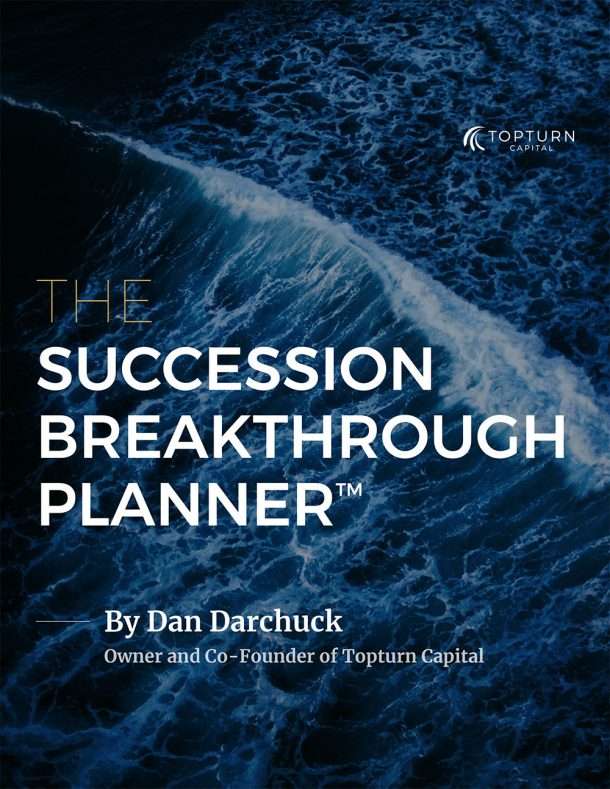Getting Off The Treadmill, Part II
The analogy of the Cheshire Cat in Lewis Carroll’s Alice in Wonderland has been used so many times that I’m hesitant to use it again here, but I like it so I will use it again anyway. In short, when Alice encounters the Cat at a fork in the road and asks the Cat which path she should follow, the Cat asks Alice where she is headed. When she responds that she isn’t sure where she is headed, the Cat tells her, in that case it doesn’t really matter which path you take.
In part one of this series ,Getting Off The Treadmill Part 1 , we discussed how the hardest part of really nailing the whole process of business succession is figuring out what you want – asking the deep questions before trying to design a solution. I will re-emphasize here that you will always be best served by spending time swimming in those sometimes murky waters, before you even think of trying to apply any technical solutions. To do otherwise usually turns out to be a very costly approach.
That said, it is amazing what happens once you actually start to get a few things written down. The whole act of that part of creation is so powerful that our team created a specialized tool, The Succession Breakthrough Planner, to help facilitate that process.
Show Me the Money / Leverage; the Good, the Bad, and the Kind of Ugly
Assuming that we have at least some clarity regarding our ultimate objective, let’s jump in for a minute and take a quick look at a few of the different forms continuity might take; starting with a buyout by key employees.
Tough question: Could your key employees pool their resources and buy the company from you outright? If your answer was something akin to “not a chance” you are a member of a very large club. Next question: Could they find a bank, or other financial intermediary that would be willing to lend them enough to buy you out? Perhaps. But what would they have to pledge in order to get that loan? Everything.
What happens if the business faces a downturn, or there is a significant hiccup in the marketplace? Those key employees lose everything, because it has been pledged against the bank loan. The bank isn’t going to just forgive a debt because “things go wrong sometimes.” The bank will see a problem, call the loan, and take the collateral. And guess who’s coming back to work, to fix everything and make it happen again?
Alternatively, the key employees could pay out the purchase price over a series of years. You could accept a promissory note, and the buyers could make payments on that note. Of course those payments (at least the portion representing principal) are all made with after-tax dollars. Is that a big deal? Only to the extent that the buyout, or repayment period could end up being ten years. What is wrong with a ten year repayment period? Nothing, all things being equal. Only, things never are equal, and ten years could end up being two full business cycles. You’ve been through a down cycle before, and survived. So, the big risk in this scenario is being carried by you. Your feet may not be on the treadmill, but your mind will be.
In both of these scenarios, the stress can be high for everyone, both the buyer and the seller, and too much stress isn’t always great for health, either of the individuals, or the business.
Having given you the bad, and the kind of ugly first, let’s shift to a more enlightened tact.
In many cases it may be possible to create a structure to allow for the use of pre-tax dollars to accomplish all, or a substantial portion of the buyout. Such a structure does not take the place of “the deal” but is merely an element working within the overall context of the buyout arrangement itself.
What types of structures exist that could potentially apply? Advanced pension design, ESOP’s, Private Risk Management structures, and certain Charitable strategies, are a few that exist.
Without going into detail on any of the above, suffice it to say that the objective is to use money that would otherwise be going down the tax rat-hole to accelerate the buyout process.
For example, let’s say your management team has agreed to buy you out for $5 million, and that using earnings from the business, they will be paying you $500,000 per year over the next 10 years, (and remember, they will be doing this with after-tax dollars). This is all good, except for the aforementioned risk you will be living under until the last installment has been paid.
But what if your team, by directing pre-tax dollars was able to ramp up the annual payment to $750,000? You would receive your buyout money in 6.5 years instead of 10. Some might argue that deferring the income stream over a longer period of time would be more favorable from a pure tax standpoint. My thought is that I’d rather have the proverbial bird in the hand, and the accompanying peace of mind that the deal is really complete, for all parties involved.
As long as the funds flow into a structure that you control, you are better off having your money sooner rather than later.
There is so much more that goes into the process, but for now, just remember, you are the owner, and you have control. Get your picture dialed. Legacy. Think in broad concepts. Find ways to reduce your exposure. What could happen here? What could we create?
I still may not be a big fan of treadmills, but I’m a lot more familiar with how they work now than I was during my first encounter, and I know they’re really not all that hard to get off of. You just have to know which buttons to push.
~ Dan Darchuck, Chief Executive Officer


